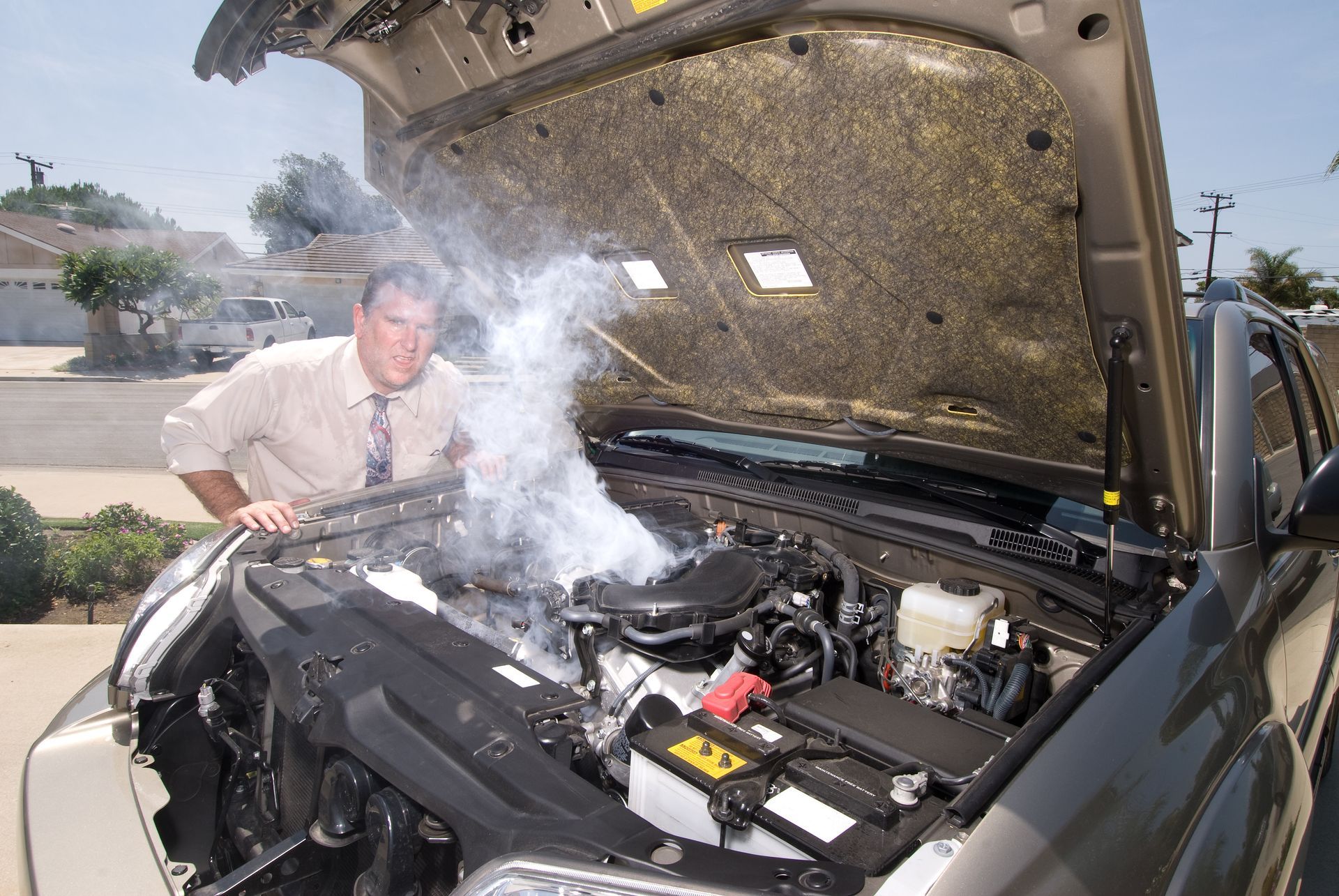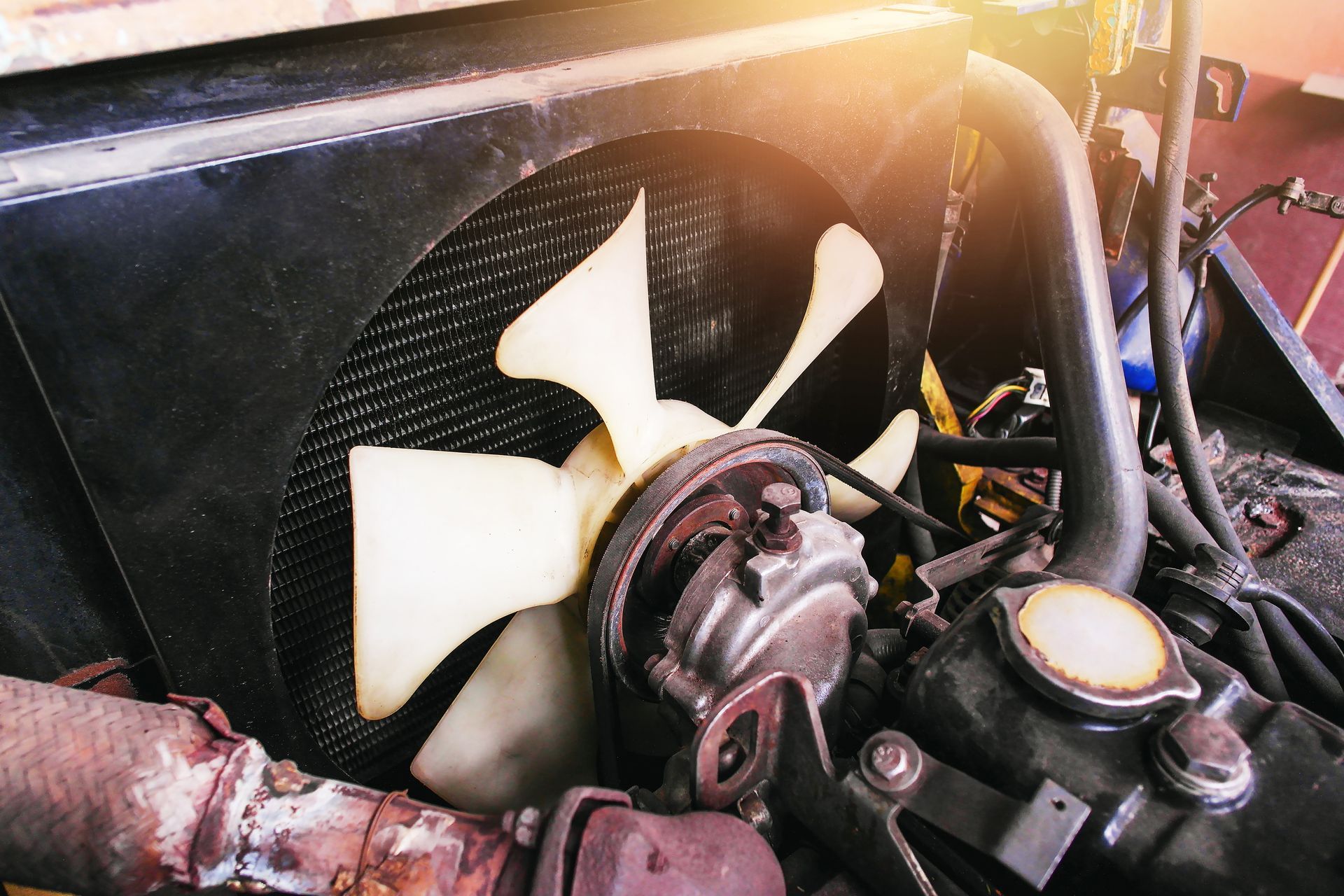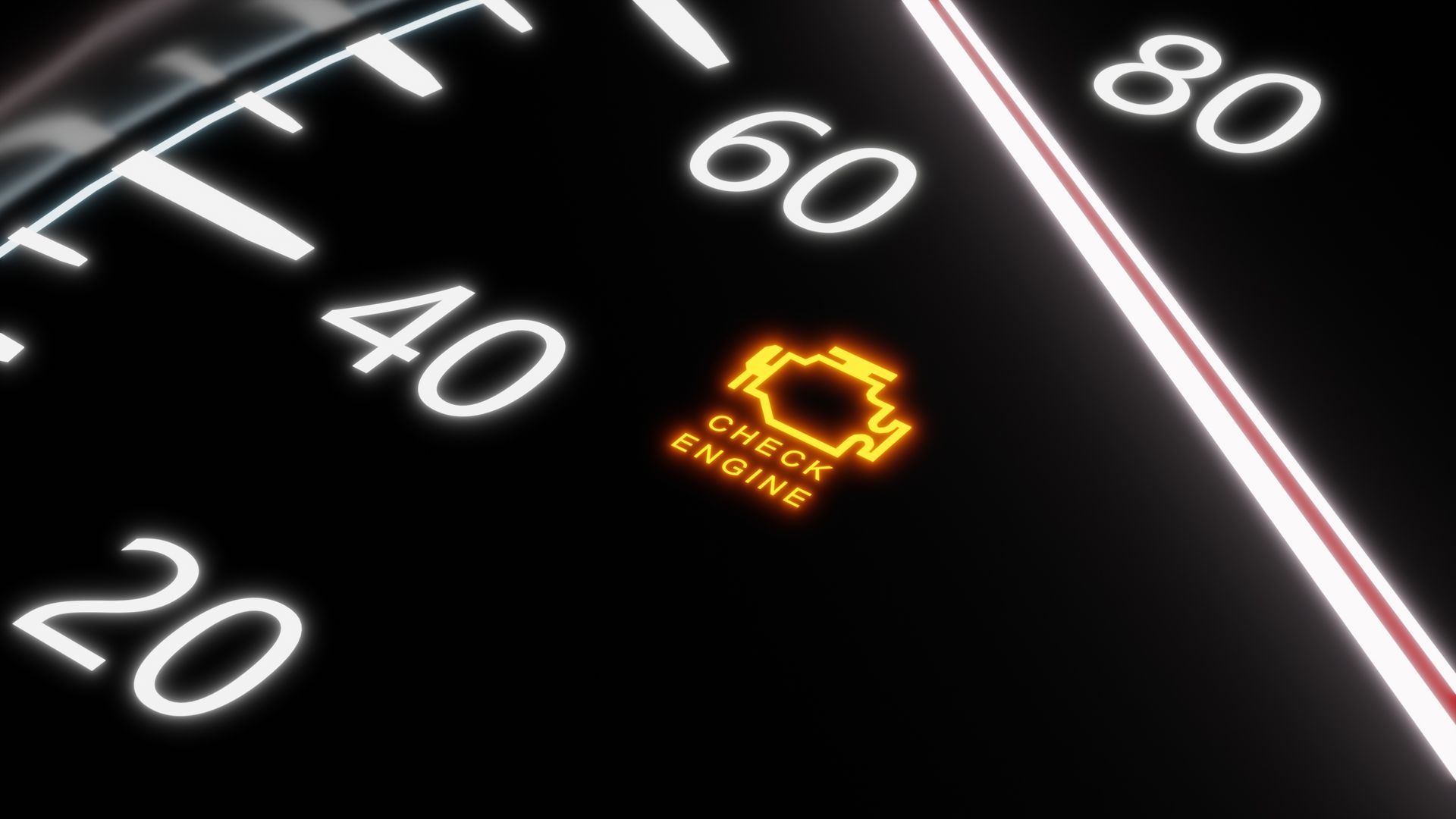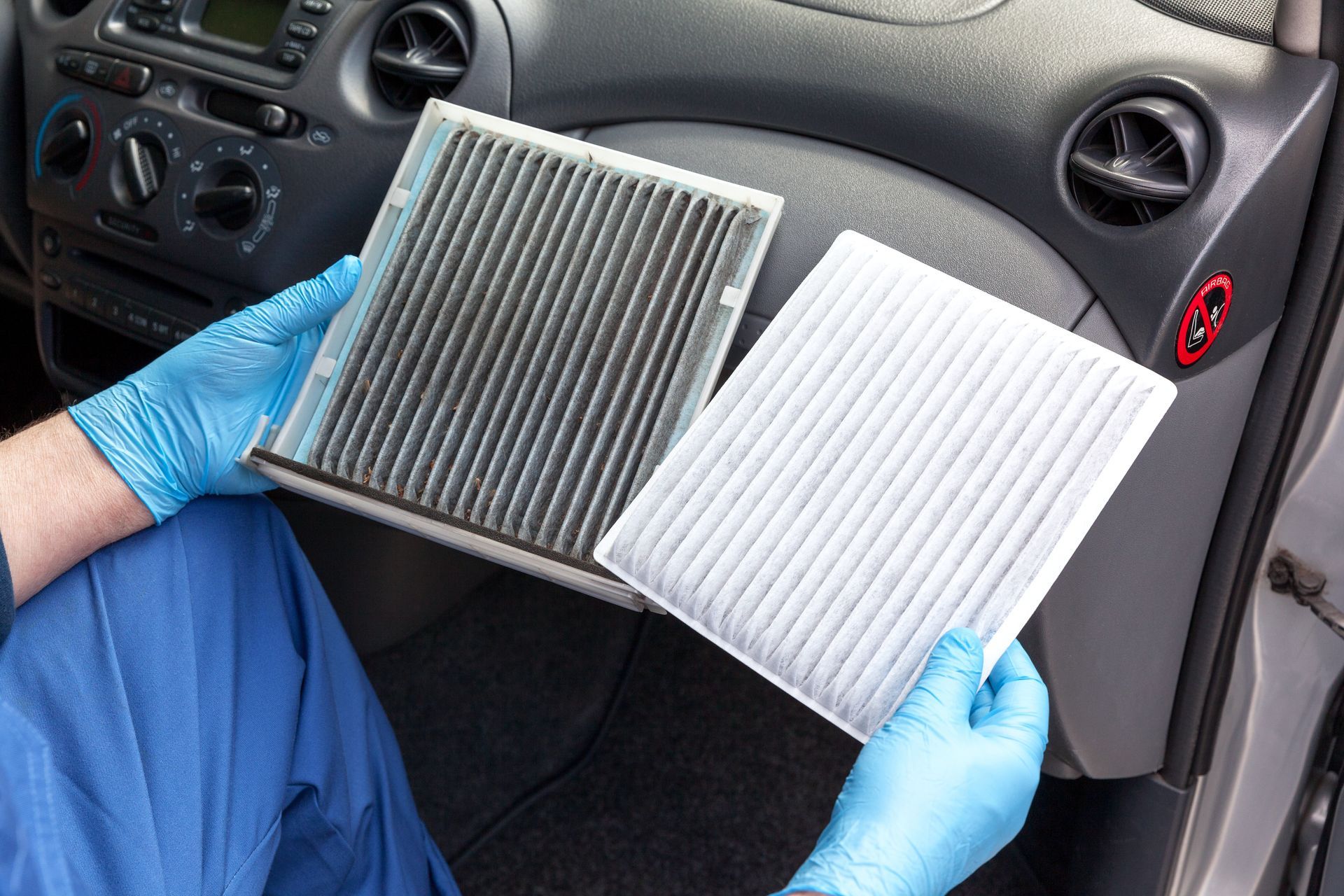Your vehicle’s transmission relies on fluid to operate smoothly. Transmission fluid not only lubricates moving parts but also provides the hydraulic pressure needed to engage gears. When the fluid level is too low, the transmission cannot work properly, and shifting problems are often one of the first symptoms you will notice.
Driving with low transmission fluid is risky. It can lead to slipping gears, overheating, and even complete transmission failure if left unaddressed.
Why Transmission Fluid Is Important
Transmission fluid serves several critical purposes. It keeps components lubricated, reducing wear from friction. It also cools the transmission by carrying heat away from moving parts. In automatic transmissions, the fluid serves as a hydraulic fluid, enabling the system to shift gears.
Without the right amount of fluid, the transmission struggles to maintain pressure and proper operation.
How Low Fluid Affects Shifting
When fluid levels drop, hydraulic pressure inside the transmission decreases. This can cause delayed gear engagement, meaning there is a noticeable pause between moving the shifter and feeling the gear engage. You might also experience rough or jerky shifts as the transmission struggles to change gears smoothly.
In some cases, the transmission may slip out of gear unexpectedly or refuse to shift into higher gears at all. These problems usually get worse the longer you drive without addressing the low fluid level.
Common Causes of Low Transmission Fluid
Unlike engine oil, transmission fluid does not get used up under normal conditions. If your fluid level is low, it usually means there is a leak. Common leak points include:
- Transmission cooler lines
- Seals and gaskets
- The transmission pan
A loose or damaged transmission pan drain plug can also allow fluid to escape.
Signs You May Have Low Transmission Fluid
Shifting problems are the most obvious symptom, but there are other clues that your fluid is low:
- Slipping gears: The engine revs but the vehicle does not accelerate as it should.
- Unusual noises: Whining, humming, or clunking sounds from the transmission.
- Overheating: Transmission temperature warning light or a burning smell.
- Fluid spots: Red or pink fluid on your driveway or parking spot.
Checking the fluid regularly is the best way to catch a low level before it causes major damage.
Checking and Maintaining Proper Fluid Levels
Some vehicles have a dipstick for checking transmission fluid, while others require a more involved process. Always follow your manufacturer’s instructions for checking fluid level and condition.
Healthy fluid should be a clear red or pink color. If it is dark, burnt-smelling, or full of debris, it should be replaced. Simply adding fluid may not solve the problem if it is old or contaminated.
Why You Should Act Quickly
Driving with low or degraded transmission fluid can quickly lead to overheating and internal damage. Repairing a damaged transmission is far more expensive than fixing a leak or replacing fluid early on.
If you suspect you have low fluid, do not ignore the problem. A quick inspection can confirm the cause and prevent costly repairs down the road.
Transmission Service at 808 Automotive in Hubbard, OR
If you are experiencing shifting problems, our technicians at 808 Automotive in Hubbard, OR, will inspect your transmission, check fluid levels, and look for leaks. We use quality fluid that meets manufacturer specifications to keep your transmission running smoothly.
Schedule your transmission service today and protect one of the most important systems in your vehicle.










